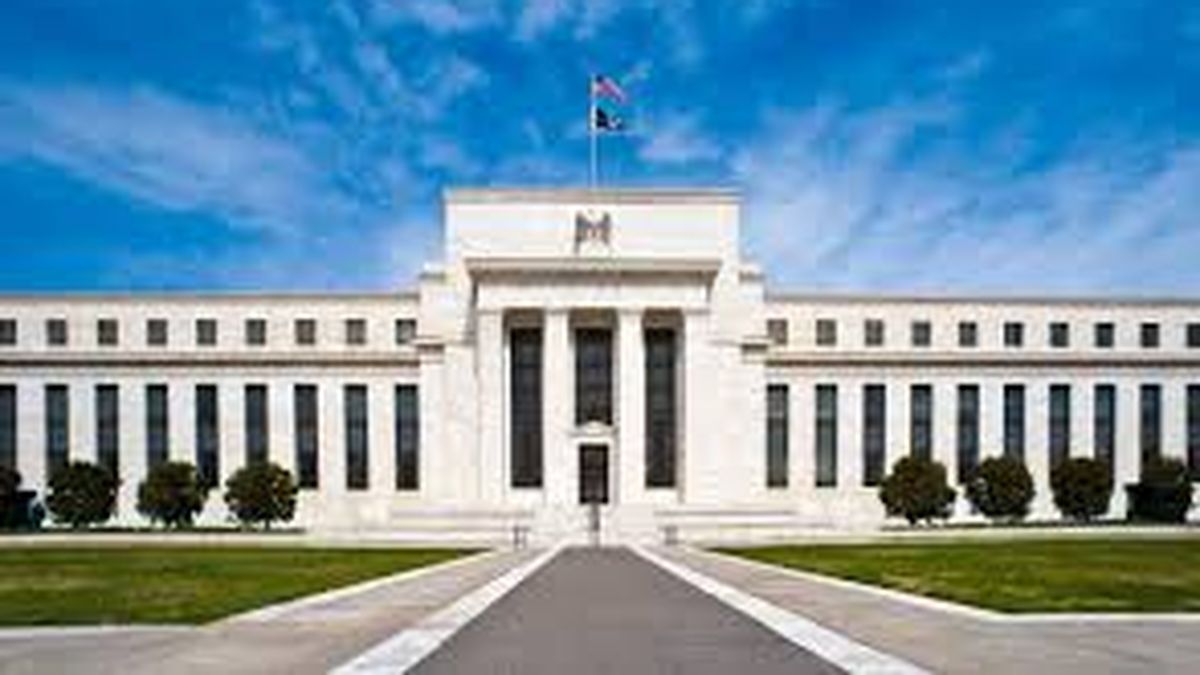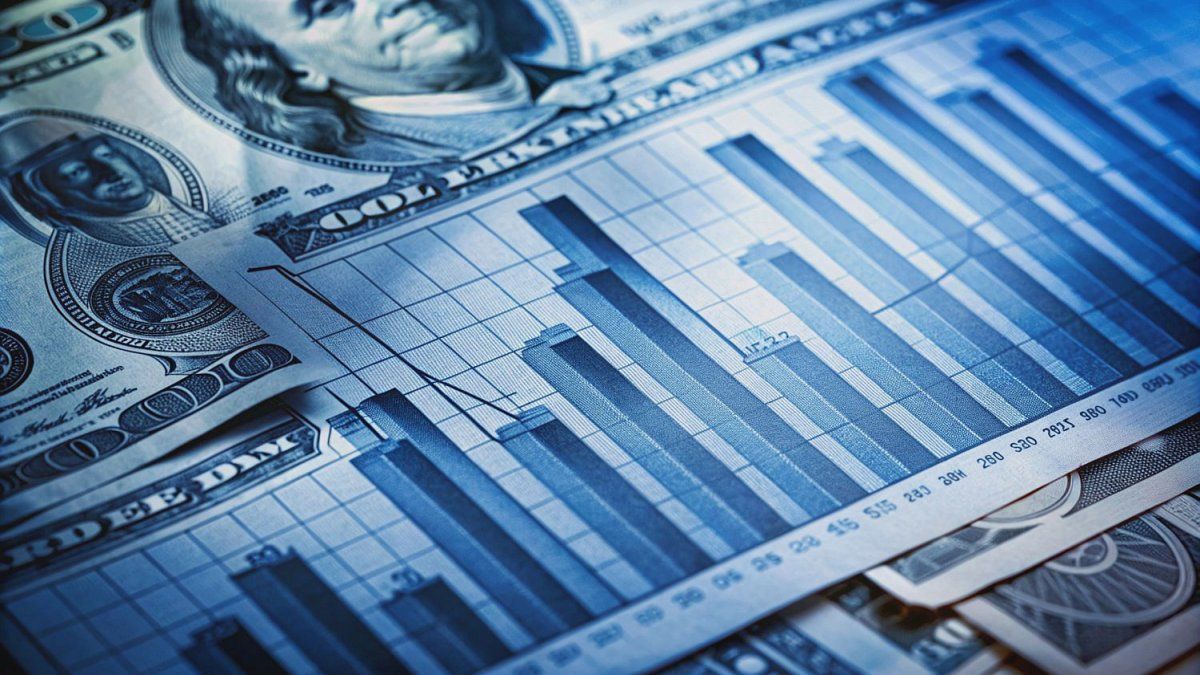Federal Reserve Governor Lisa Cook indicated that the central bank is likely to reduce interest rates over time toward a more neutral stance, supported by progress in inflation and a robust labor market.
Cook noted that the risks to the central bank’s employment and inflation goals are “roughly balanced.” Although he sees a downward trend in interest rates, he noted that the “magnitude and timing” of the cuts will depend on economic data and future prospects.
“It will probably be appropriate to move the policy toward a more neutral stance over time,” Cook said in a prepared statement Wednesday during an event at the University of Virginia in Charlottesville. A neutral policy is defined as one that does not favor or limit economic activity.
For her part, Boston Federal Reserve Bank President Susan Collins said more rate cuts are needed, but policymakers must proceed cautiously to avoid moving too quickly or too slowly. Pricing in the swaps market indicated a around 50% chance that the Federal Reserve will cut rates again in December.
This disagreement reflects the Fed’s current dilemma, which faces a slowdown in inflation, but with an economy that continues to show signs of strength, such as a resilient labor market and moderate economic growth.
While some officials advocate a more aggressive approach to cuts to support the recovery, others prefer to wait for more data before making decisions, fearing that cutting rates too quickly could reignite inflationary pressures. The lack of internal consensus highlights the difficulty of finding the right balance between stimulating growth and keeping inflation under control.
Inflation projections and Powell’s words
Just a few weeks ago, the path for the Federal Reserve seemed clear: With inflation slowing and the labor market slowing, the Fed seemed on track to gradually reduce interest rates.
In September, its officials predicted they would cut their benchmark rate four times next year, in addition to three rate cuts this year.
However, that perspective has changed quickly. Several surprisingly strong economic reports, along with policy proposals from President-elect Donald Trump, have led to a much more cautious tone from the Fed, which could mean fewer cuts and higher interest rates than had been expected. .
Fewer rate cuts would likely mean elevated mortgage rates and other borrowing costs for both consumers and businesses. Auto loans would remain expensive. Small businesses would continue to face high interest rates on loans.
In a speech last week in Dallas, Chairman Jerome Powell made clear that the Fed is not necessarily inclined to cut rates every time it meets every six weeks.
fed federal reserve powell.jpg
Last week, Powell acknowledged that the economy is different now, with inflation a greater threat, than it was during Trump’s first term.
Federal Reserve
“The economy is not sending signals that we need to rush to cut rates,” Powell said. “The strength we are currently seeing in the economy gives us the ability to approach our decisions with caution.”
His comments were widely interpreted as a sign that there could be fewer cuts in 2025, a prospect that sent stock prices tumbling after rising with Trump’s election.
Trump has proposed higher tariffs on all imports, as well as mass deportations of undocumented immigrants, steps that economists say would worsen inflation. The president-elect has also proposed a menu of tax cuts and deregulation, which could help boost economic growth but would also stoke inflation if companies couldn’t find enough workers to meet increased consumer demand.
What the economic data suggests
And recent economic data suggest that inflation pressures could be more persistent and economic growth more resilient than thought just a few months ago. In his latest press conference, Powell suggested that the economy could even accelerate in 2025.
Wall Street traders and some economists now forecast just two, rather than four, rate cuts next year. And while the Fed will likely cut its key rate when it meets in mid-December, traders expect a nearly even chance that the central bank will leave the rate unchanged.
Bank of America economists expect annual inflation to remain “stuck” above 2.5%, higher than the Fed’s 2% target, in part because of the likelihood that Trump’s economic proposals, If carried out, they will fuel price pressures. Economists now forecast just three rate cuts in the coming months, in December, March and June. And they expect the Fed to stop the cuts once its benchmark rate, now at 4.6%, reaches 3.9%.
Source: Ambito




